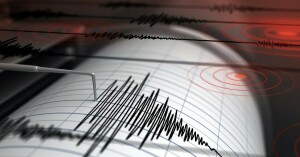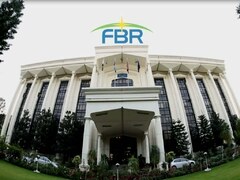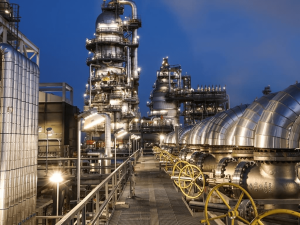German gas grids report progress with investment plans to 2030
- Gas firms' report shows 14% of plans for 2030 carried out.
- Indigenous reserves fall, imports to rise.
- Eugal pipeline fully constructed, feeder for Nord Stream 2.
FRANKFURT: German gas pipeline companies have completed 28 out of 201 measures planned between 2020 and 2030, keeping them on track to provide capacity expansions and conversions for increased imports this decade, industry group FNB said on Thursday.
Germany and its neighbours will need to get more gas via pipelines and seaborne shipments of liquefied natural gas (LNG), because supplies from the region's reserves are dwindling.
Germany's north-west and the Netherlands are already phasing out production of their local, low-calorific gas type, meaning transport, storage infrastructure and boilers must be changed to accommodate imported gas that is high-calorific.
In addition, Germany has embarked on a strategy to switch some existing gas infrastructure to yet-to-arrive hydrogen made from renewable energy via electrolysis under national decarbonisation plans.
FNB, whose members include Gascade Gastransport, Ontras Gastransport and Open Grid Europe, must file implementation reports because the transport of energy commodities is paid for by consumers via regulated fees.
The 28 completions include compressor stations, metres and fittings such as one million low-cal boilers, under an 8.5 billion euro ($10 billion) investment plan approved last year, which included plans for 1,746 km of new pipelines.
The measures specifically included one or two LNG terminals and Eugal, a 480 km-pipeline for gas from the yet to be completed Nord Stream 2 (NS 2) subsea pipeline, to run onshore from north Germany to the Czech Republic.
Eugal project leader Gascade said in a separate statement on Thursday it had now built the pipeline's second tranche, bringing capacity to the intended amount of 55 billion cubic metres (bcm).
Germany currently receives pipeline gas from Russia via the Czech Republic, Poland and via NS 2-forerunner Nord Stream 1 and most of the rest from North Sea producers, with a small share produced at home.



























Comments
Comments are closed.